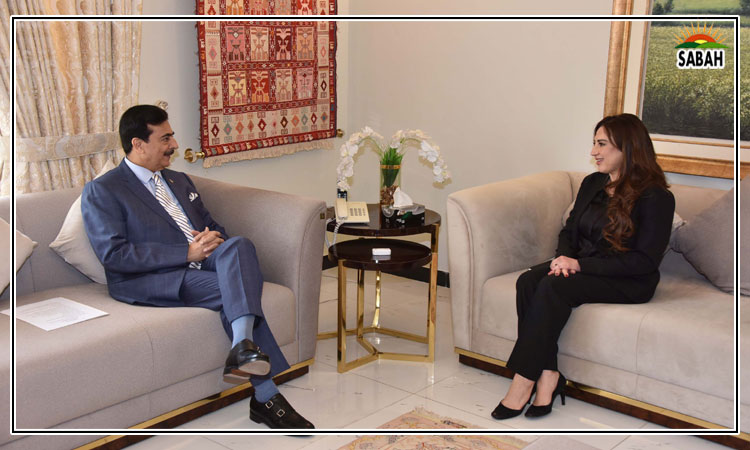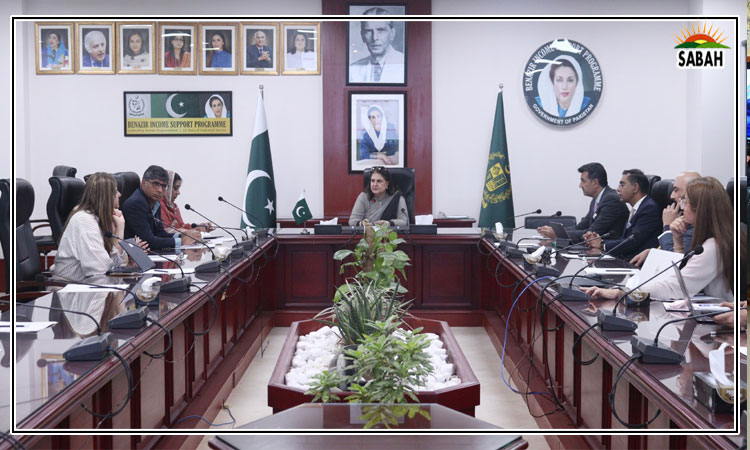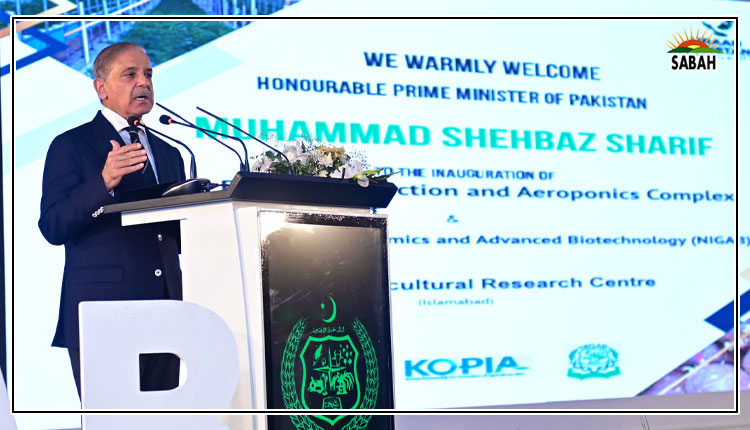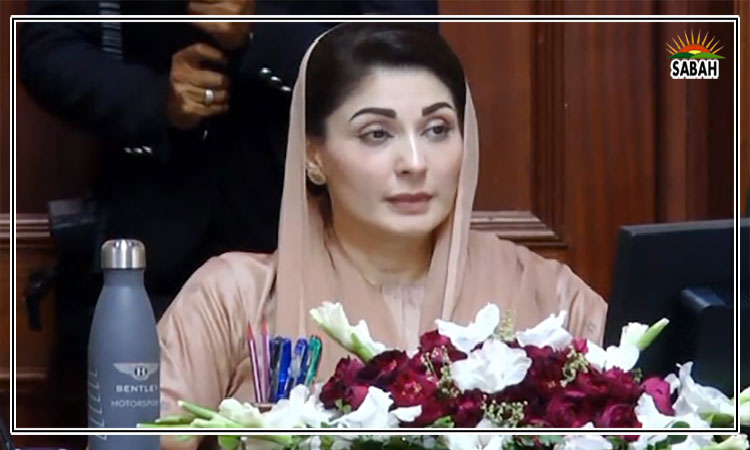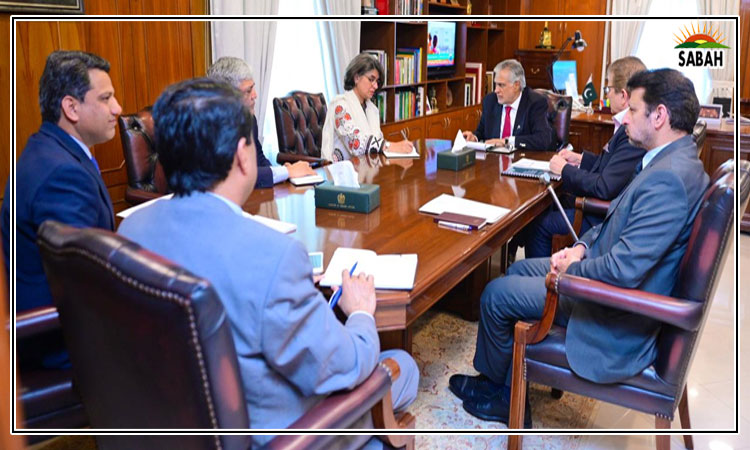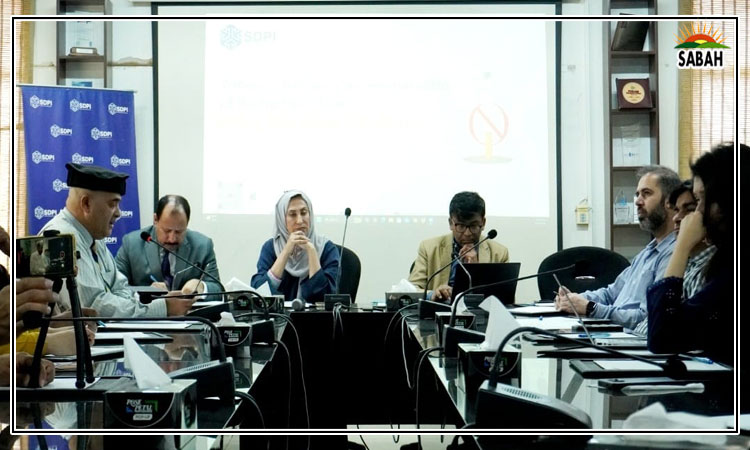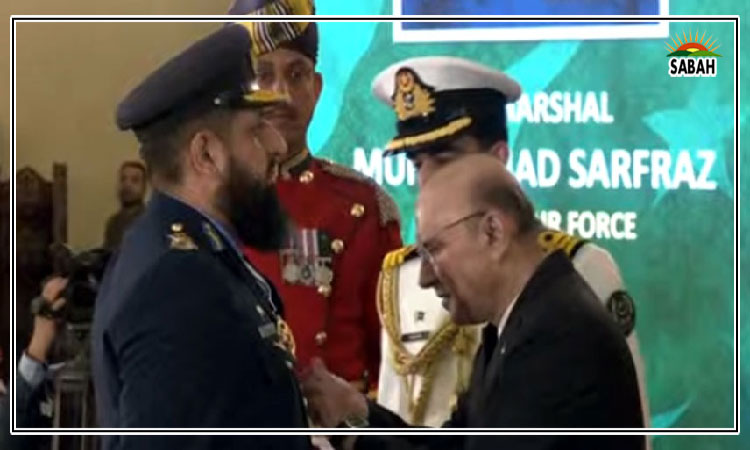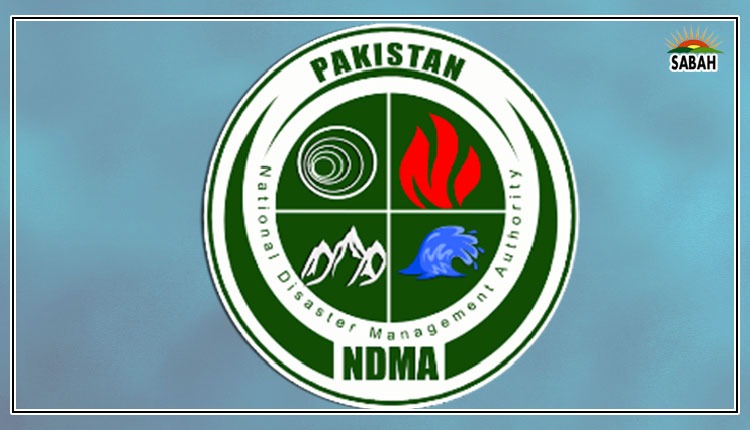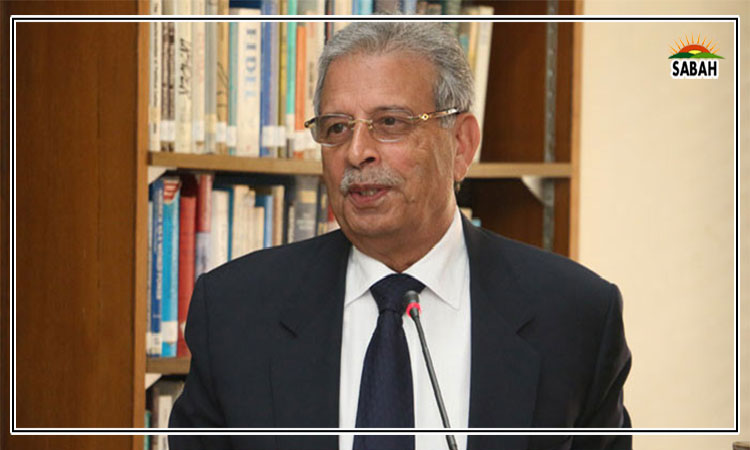How democracies die — Kashmir…. Farrukh Khan Pitafi
When democracies let themselves go, they truly let themselves go. Case in point: India. We are products of our sociology. Our cognitive biases determine how firmly we believe in an idea. This scribe’s learned experience had taught him to treat India as an established democracy. While discussing the future of democracy in Pakistan, the case of India would often come up as an example to emulate. It is worth reminding here that democracy is not just the name of the nominal exercise of holding periodic elections. Some of the world’s most authoritarian states hold regular elections. Democracy is an ecosystem which fosters and sustains a set of institutions which empower ordinary citizens. An empowered judiciary, a thriving parliament, ferociously independent media, and a climate of pluralism and tolerance, all are critical ingredients of democracy. We watched in horror as one by one lights went out of each one of them.
Four years ago on this day when the Modi government unilaterally and in contravention of its international obligations under the UN charter, the Simla Agreement and its constitution abrogated articles 370 and 35A and re-annexed, then bifurcated its illegally occupied state of Jammu and Kashmir, it did not come as a surprise to me. I will later cite my reasons. But until that point, even the first five years of Modi’s rule, a near-war experience with India and the surprising electoral outcome had failed to put a dampener on my faith in India’s democracy and institutional strength. This government was just an anomaly, a flash in the pan, an outlier. If the rest of the institutions were strong a course correction was just a matter of time.
It was in this vain hope that I had expected that India’s apex court would strike down this illegal power grab for it was an open and shut case. So firm was my faith in India’s judiciary that in a hurriedly called interaction session with journalists by the then prime minister of Pakistan, I suggested that Pakistan encourage any APHC leader to go and challenge the illegal order in India’s Supreme Court. I was confident that the court would take up and nullify the order immediately. The premier did not share my optimism. To my lingering shame and dismay the scepticism won. The Indian Supreme Court which had only one year ago declared that the article had attained permanency, would not touch the recent development with a barge pole. Why, you ask? Funny you ask that.
The Supreme Court of India at that time was headed by compromised CJI Ranjan Gogoi. We would later learn how compromised he was when he accepted a seat in India’s senate in exchange for selling his soul to the ruling party. But that development still lay in the future. The man had already let his toxicity known through his order to establish a National Register of Citizens in his home state of Assam. But upon his elevation as the CJI he wanted to exercise some volition. However, after a sexual harassment allegation against him surfaced he lost all pretence. As a reward for his impunity towards the Kashmir case, the CAA and the NRC case and for rubber stamping the Ram Mandir case, this alleged sexual predator now sits in India’s Rajya Sabha as a government-nominated member. His partner in crime Justice Bobde would succeed him and continue to do nothing on these matters. The CJs that succeeded him proved just as effective as the later Mughals.
There was a vibrant press but one by one it had been bought off by billionaires sympathetic to the BJP’s cause. Remember LK Advani’s comment on the press’s role during the emergency: they were asked to bend; they chose to crawl. There was political opposition too but led by Congress its historic malice towards the Kashmir cause and Pakistan meant that it would immediately turn into a set of automatons and loses any semblance of impartiality. Rahul Gandhi, now our night in shining armour but back then a damsel in distress indeed travelled to Srinagar, but without stepping outside the airport allowed the authorities to unceremoniously bundle him back to Delhi. So, no hope there either.
Now two quick questions. Why did this order not come as a surprise to me and why do I think it is illegal? The answer to the first question is simple. Only weeks before the 2019 elections, I had hosted a two-hour prime-time special for the Urdu national broadcaster on Kashmir and the main topic of discussion was how soon India would abolish articles 370 and 35A if Modi returned to power. My questions and concerns were readily dismissed because Pakistan did not recognise either of the articles. Now we realise that these articles were part of the status quo and as per the Simla Agreement very much our lookout. Back then our movers and shakers believed that if returned to power, the Modi government would resolve all disputes with Pakistan.
The answer to the second question is a bit complicated but not difficult. As it stood four years ago, article 370 could not be changed without the advice of Kashmir’s constituent assembly. The said constituent assembly ceased to exist in 1957 without recommending the abolition of this article. To change the meaning of this article, the presidential order added a subclause to Article 367, which is the interpretation clause of the Constitution. The added subclause (4)(d) interpreted that the term constituent assembly in Article 370 be read as the legislative assembly of the state. Okay. But no legislative assembly existed at the time. Article 370 also empowered the Indian President to adapt other articles to the requirements of Jammu and Kashmir in consultation with the representative government of the erstwhile state but he had no powers to change 370 itself. Interestingly, no representative government existed either because, after the dismissal of the Mufti government, a governor’s rule was initially imposed which later morphed into the presidential rule. Now India’s President could by no means claim to be the representative government of the people of Jammu and Kashmir or the legislative assembly of the state. Nor, for that matter, could the Indian parliament appropriate that right. Even a cursory glance at the merits of this case and the Indian Supreme Court’s own past judgements would suggest that the action was illegal and it was an open and shut case. But four years have passed and it is only now the Supreme Court has shown any willingness to approach the matter. Don’t keep high hopes. Despite the media’s claim otherwise the last bulwark of Indian democracy which once stood tall now crawls on the ground like an invertebrate. It is dying if not already dead. And that is how democracies die.
Courtesy Express Tribune, August 5th, 2023.


